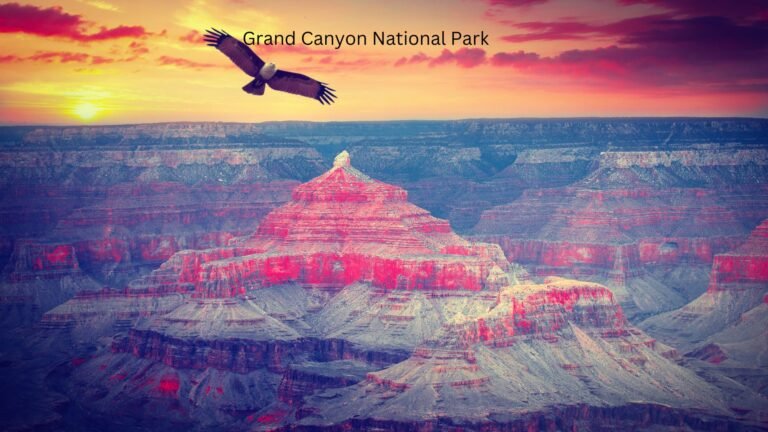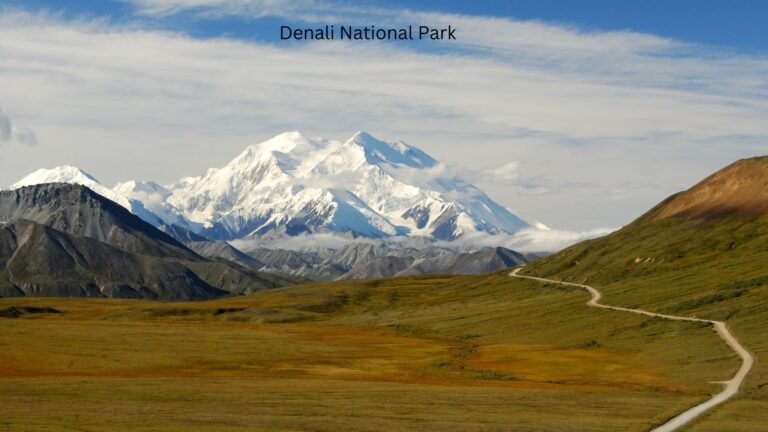California’s Natural Wonders: Your Ultimate Guide to Its National Parks
Introduction
California is home to some of the most iconic and diverse national parks in the United States. From the rugged coastline of Big Sur to the towering sequoias of Yosemite, these parks offer a treasure trove of natural beauty, outdoor adventure, and cultural significance. Whether you’re an avid hiker, wildlife enthusiast, or simply looking to immerse yourself in breathtaking landscapes, California’s national parks have something for everyone.
In this guide, we’ll explore the unique features of California’s national parks, highlight the best activities, and provide practical tips for your visit. For a broader look at America’s national parks, check out Discover America’s National Parks Wonders: A Complete Guide.
1. Yosemite National Park: A Glacially Carved Wonderland
Yosemite National Park is one of the most famous national parks in the world, known for its dramatic granite cliffs, waterfalls, and ancient giant sequoias. Located in the Sierra Nevada mountains, Yosemite attracts millions of visitors annually.
Specification Fact Table
| Feature | Details |
|---|---|
| Established | October 1, 1890 |
| Area | 1,187 square miles |
| Famous Landmarks | El Capitan, Half Dome, Yosemite Falls |
| Visitor Center | Yosemite Valley Visitor Center |
| Location | Sierra Nevada Mountains, California |
| Best Time to Visit | May through October |
Highlights:
- Hiking Trails: Explore iconic trails like Mist Trail leading to Vernal and Nevada Falls or challenge yourself with the Half Dome hike. Families can enjoy shorter trails like Cook’s Meadow Loop, which offers stunning views with minimal difficulty.
- Scenic Drives: Take in the beauty of Glacier Point Road or Tioga Road for panoramic views of the valley. Don’t miss Tunnel View, a classic spot for iconic photographs of the park.
- Wildlife Spotting: Look out for black bears, mule deer, and over 400 species of birds. The park’s meadows and riverbanks are great places to observe diverse wildlife in their natural habitat.
- Winter Activities: In colder months, Yosemite offers ice skating, snowshoeing, and cross-country skiing, transforming the park into a winter wonderland.
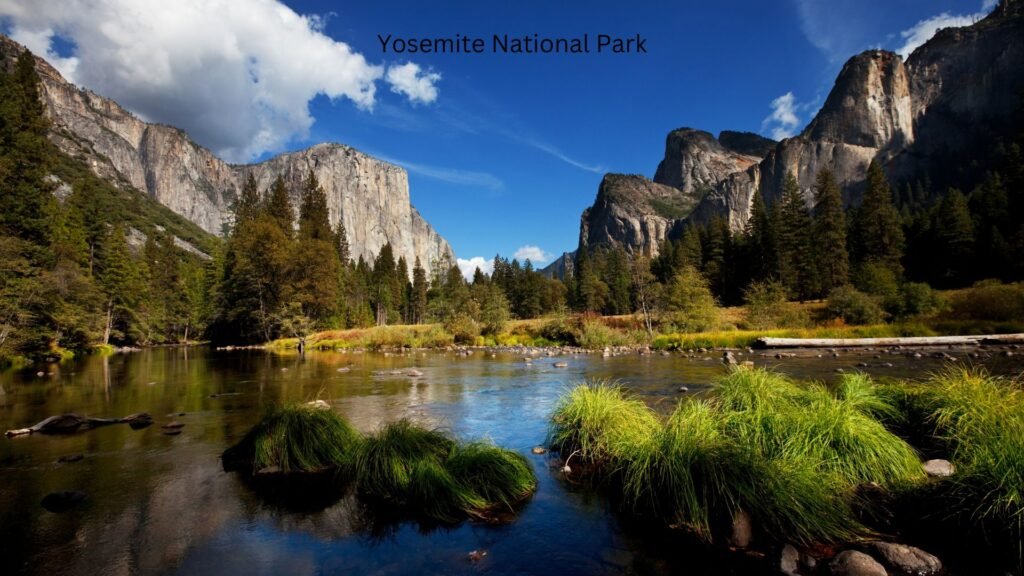
2. Joshua Tree National Park: Where Two Deserts Meet
Joshua Tree National Park is a desert wonderland where the Mojave and Colorado deserts converge. Known for its namesake Joshua trees and surreal rock formations, this park is a favorite among climbers, photographers, and stargazers.
Specification Fact Table
| Feature | Details |
|---|---|
| Established | October 31, 1994 |
| Area | 790,636 acres |
| Famous Features | Joshua trees, Skull Rock, Keys View |
| Visitor Center | Oasis Visitor Center, Joshua Tree VC |
| Location | Southern California, near Palm Springs |
| Best Time to Visit | October through April |
Highlights:
- Rock Climbing: Test your skills on famous formations like Intersection Rock and Hidden Valley. The park boasts over 8,000 climbing routes, making it a global destination for climbers.
- Stargazing: With minimal light pollution, Joshua Tree offers some of the clearest night skies in the U.S. Attend one of the park’s Night Sky Festivals for guided stargazing.
- Short Hikes: Enjoy easy trails like Barker Dam or Hidden Valley Loop. For a more challenging trek, hike to Ryan Mountain for panoramic desert views.
- Cultural History: Explore remnants of the area’s rich history, including abandoned mines and Native American petroglyphs.

3. Sequoia and Kings Canyon National Parks: Home of Giants
These twin parks are a haven for tree enthusiasts and nature lovers. Sequoia National Park is home to General Sherman, the largest tree on Earth, while Kings Canyon boasts one of the deepest canyons in North America.
Specification Fact Table
| Feature | Details |
|---|---|
| Established | 1890 (Sequoia), 1940 (Kings Canyon) |
| Area | 1,353 square miles (combined) |
| Famous Features | General Sherman, Crystal Cave, Kings River |
| Visitor Center | Foothills VC, Kings Canyon VC |
| Location | Southern Sierra Nevada, California |
| Best Time to Visit | June through September |
Highlights:
- Big Trees Trail: A leisurely walk among towering sequoias. Interpretive signs along the trail provide fascinating facts about the trees and their ecosystems.
- Cave Exploration: Tour the marble-lined Crystal Cave. Guided tours reveal the underground wonders, including stalactites and stalagmites.
- Rivers and Waterfalls: Enjoy the roaring Kings River and Grizzly Falls. Picnic spots along the riverbanks make for a perfect family outing.
- Backcountry Adventures: With over 800 miles of trails, these parks are a backpacker’s paradise. Permits are required for overnight treks, offering access to remote alpine lakes and meadows.

4. Death Valley National Park: Extreme Beauty
Death Valley is the hottest, driest, and lowest national park in the United States, yet it offers stunning landscapes and a surprising diversity of life. Spanning eastern California and Nevada, this park’s stark beauty is unmatched.
Specification Fact Table
| Feature | Details |
|---|---|
| Established | October 31, 1994 |
| Area | 3.4 million acres |
| Famous Features | Badwater Basin, Zabriskie Point, Mesquite Flat Sand Dunes |
| Visitor Center | Furnace Creek Visitor Center |
| Location | Eastern California, bordering Nevada |
| Best Time to Visit | November through March |
Highlights:
- Star Wars Locations: Many iconic scenes from the films were shot here, including locations like Dante’s View and Golden Canyon.
- Salt Flats: Walk on the surreal salt flats of Badwater Basin, the lowest point in North America at 282 feet below sea level.
- Hiking and Photography: Zabriskie Point and Artist’s Palette are must-visit spots. Sunrise and sunset offer the most dramatic lighting for photos.
- Wildlife Adaptations: Despite its harsh environment, the park is home to unique species like the desert pupfish and kangaroo rats.
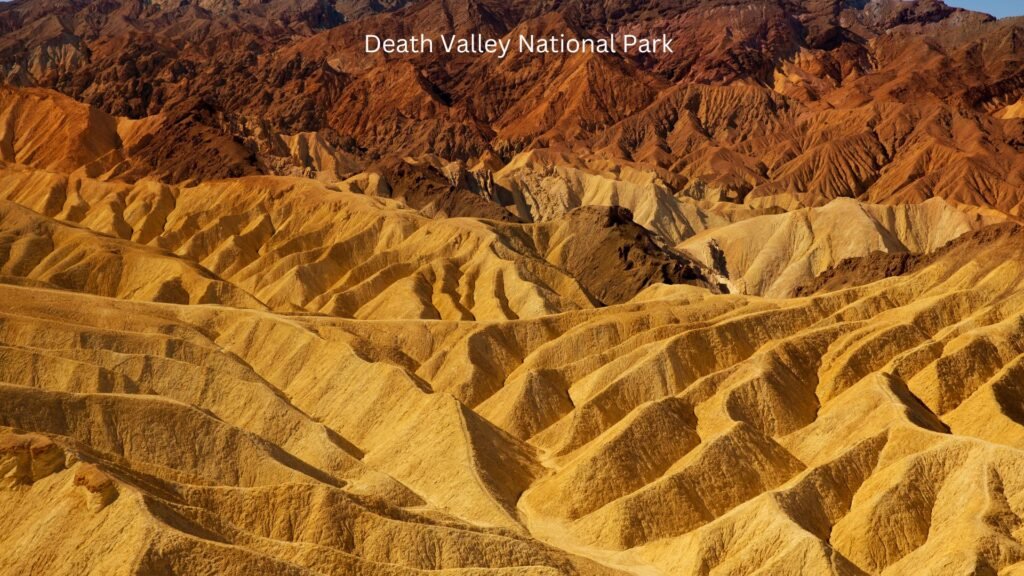
5. Redwood National and State Parks: Towering Giants
Redwood National and State Parks, located along California’s northern coast, protect some of the tallest trees on Earth. This UNESCO World Heritage Site is a magical realm of ancient forests, rugged coastline, and diverse wildlife.
Specification Fact Table
| Feature | Details |
|---|---|
| Established | October 2, 1968 |
| Area | 138,999 acres |
| Famous Features | Tall Trees Grove, Fern Canyon, Coastal Drive |
| Visitor Center | Thomas H. Kuchel Visitor Center |
| Location | Northern California, near Crescent City |
| Best Time to Visit | Summer and early fall |
Highlights:
- Hiking Trails: Don’t miss the Cathedral Trees Trail and Fern Canyon. These trails take you through lush, green landscapes that feel almost prehistoric.
- Scenic Drives: Newton B. Drury Scenic Parkway offers breathtaking views. Coastal Drive provides access to dramatic ocean vistas and hidden beaches.
- Wildlife Watching: Spot Roosevelt elk, seals, and migrating whales along the coast. Birdwatchers can also enjoy spotting species like the marbled murrelet.
- Camping: Several campgrounds, including Jedediah Smith and Prairie Creek, offer peaceful settings amid the towering redwoods.
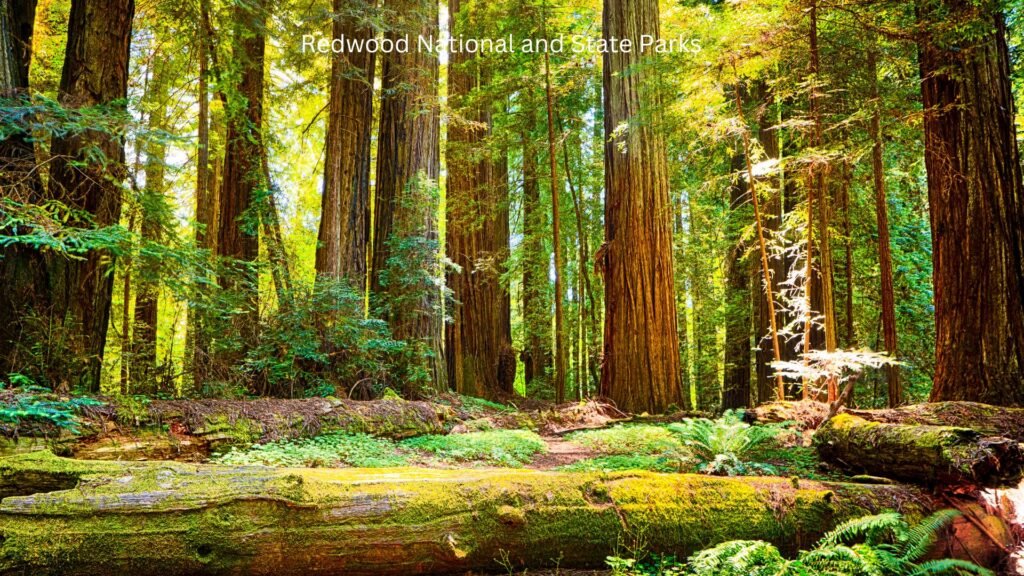
6. Pinnacles National Park: A Volcanic Marvel
Pinnacles National Park, the newest addition to California’s national parks, is a haven for rock climbers and birdwatchers. Its rugged spires and talus caves are remnants of ancient volcanic activity.
Specification Fact Table
| Feature | Details |
|---|---|
| Established | January 10, 2013 |
| Area | 26,606 acres |
| Famous Features | High Peaks, Bear Gulch Cave |
| Visitor Center | Pinnacles Visitor Center |
| Location | Central California, near Salinas Valley |
| Best Time to Visit | Spring and fall |
Highlights:
- Condor Watching: Pinnacles is a sanctuary for the endangered California condor. Learn about ongoing conservation efforts at the visitor center.
- Cave Exploration: Bear Gulch Cave and Balconies Cave are great for adventurous visitors. Bring a flashlight and sturdy shoes for these explorations.
- Hiking: The High Peaks Trail offers stunning panoramic views. For a gentler hike, try the Condor Gulch Trail, which is rich in wildflowers during spring.

7. Lassen Volcanic National Park: Fire and Ice
Lassen Volcanic National Park, located in northeastern California, is a geothermal wonderland. With bubbling mud pots, fumaroles, and an active volcano, this park is a testament to Earth’s dynamic processes.
Specification Fact Table
| Feature | Details |
|---|---|
| Established | August 9, 1916 |
| Area | 106,452 acres |
| Famous Features | Lassen Peak, Bumpass Hell, Manzanita Lake |
| Visitor Center | Kohm Yah-mah-nee Visitor Center |
| Location | Northeastern California, near Redding |
| Best Time to Visit | Summer and early fall |
Highlights:
- Volcanic Features: Explore Bumpass Hell, a geothermal area with boiling springs and mud pots. Interpretive trails provide educational insights.
- Lakes and Waterfalls: Enjoy kayaking on Manzanita Lake or hiking to Kings Creek Falls. These serene spots are perfect for photography and picnics.
- Winter Sports: Snowshoeing and cross-country skiing are popular in winter. The park’s snow-covered landscapes create a magical atmosphere.
- Educational Programs: The park frequently hosts ranger talks and guided walks to explain the volcanic activity and its impact on the landscape.
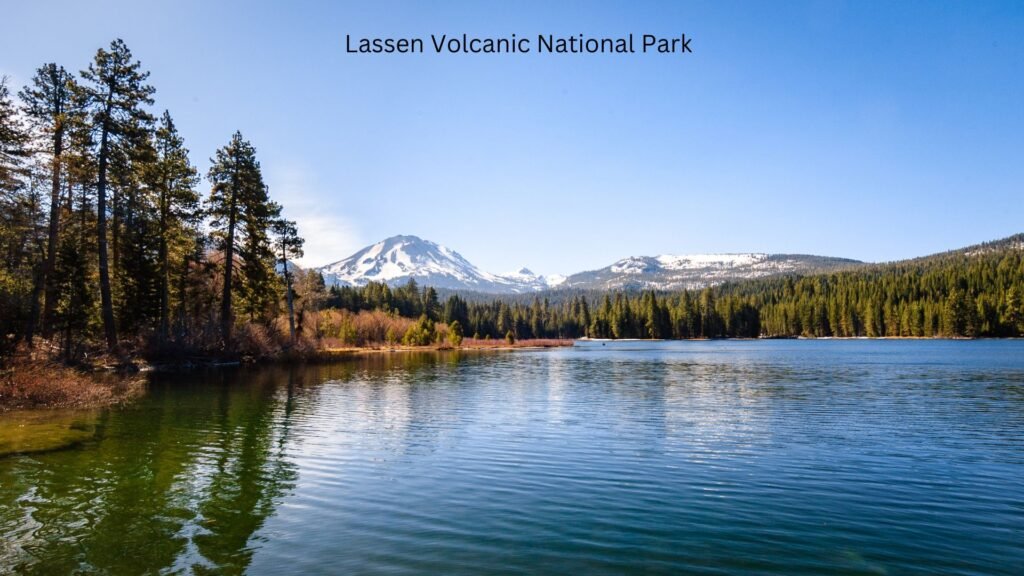
8. Channel Islands National Park: The Galápagos of North America
Known as the “Galápagos of North America,” Channel Islands National Park encompasses five islands off the southern coast of California. This park is a haven for unique wildlife, pristine beaches, and ancient archaeological sites.
Specification Fact Table
| Feature | Details |
|---|---|
| Established | March 5, 1980 |
| Area | 249,561 acres |
| Famous Features | Scorpion Anchorage, Painted Cave, Anacapa Arch |
| Visitor Center | Robert J. Lagomarsino Visitor Center |
| Location | Southern California, offshore Ventura |
| Best Time to Visit | Summer and early fall |
Highlights:
- Kayaking and Snorkeling: Explore sea caves and kelp forests teeming with marine life.
- Wildlife Watching: Spot whales, dolphins, and the endemic island fox.
- Hiking Trails: Trails on Santa Cruz Island offer stunning ocean views and opportunities to learn about the island’s history.
- Camping: Overnight camping is available on the islands for those seeking a remote adventure.

9. Kings Canyon National Park: The Majestic Wilderness
Though not officially a national park, the Kings Range National Conservation Area offers a wilderness experience unlike any other in California. Known as the “Lost Coast,” this rugged region is a sanctuary for solitude seekers and adventurers.
Specification Fact Table
| Feature | Details |
| Established | October 21, 1970 |
| Area | 68,000 acres |
| Famous Features | Cedar Grove, Zumwalt Meadow, Roaring River Falls |
| Visitor Center | Kings Canyon Visitor Center |
| Location | Southern Sierra Nevada, California |
| Best Time to Visit | Spring through early fall |
Highlights:
- Mountain Trails: Hike the Cedar Grove trails offering spectacular views of the canyon and surrounding peaks.
- Backpacking and Camping: Enjoy serene camping spots and backcountry trails in one of California’s most remote wilderness areas.
- Diverse Landscapes: From lush meadows to towering granite cliffs, Kings Canyon is a stunning natural escape for all visitors.
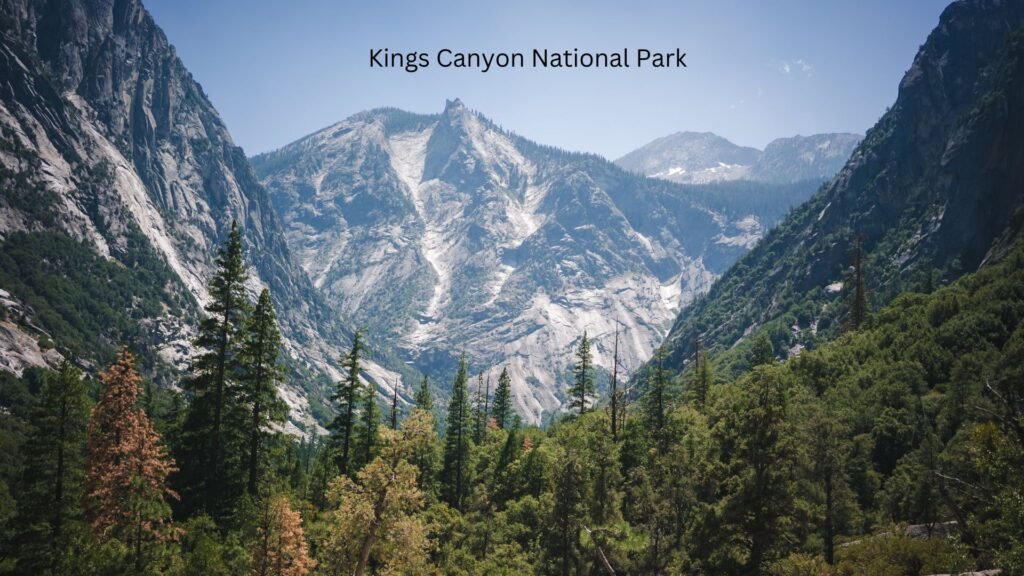
Conclusion
California’s national parks are a testament to the state’s incredible natural diversity. Whether you’re drawn to the towering sequoias of Yosemite, the surreal desert landscapes of Joshua Tree, or the volcanic wonders of Lassen, these parks offer endless opportunities for exploration and adventure. For more inspiration, don’t forget to visit Discover America’s National Parks Wonders: A Complete Guide.
Key Takeaways
- California is home to some of the most diverse national parks in the U.S.
- Each park offers unique landscapes, from deserts and forests to geothermal areas.
- Plan your trip around the best times to visit for optimal weather and experiences.
FAQ Section
- What is the best time to visit California’s national parks?
- The ideal time varies by park. For example, Yosemite is best in late spring or early fall, while Death Valley is perfect in winter.
- Do I need reservations to visit these parks?
- Some parks, like Yosemite, require reservations during peak seasons. Check the park’s official website for updates.
- Can I bring pets to California’s national parks?
- Pets are allowed in certain areas but typically restricted from trails and backcountry areas. Always check specific park guidelines.
- What should I pack for a visit?
- Essentials include water, sunscreen, comfortable shoes, and weather-appropriate clothing. For certain parks, bring additional gear like snowshoes or climbing equipment.
- Are there guided tours available?
- Yes, many parks offer ranger-led tours, which are great for learning about the park’s history and ecology.




